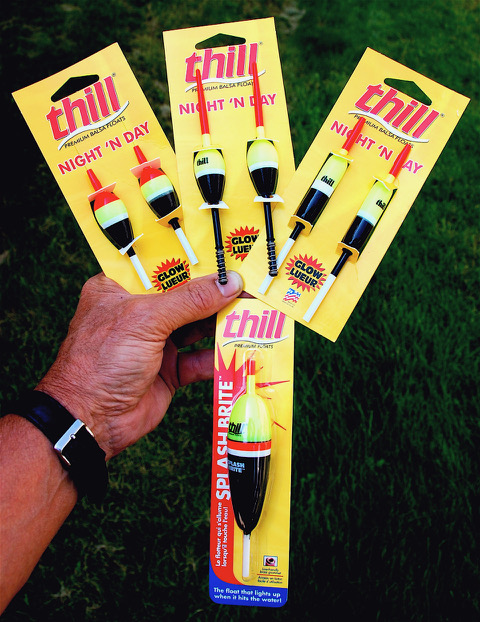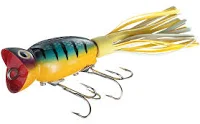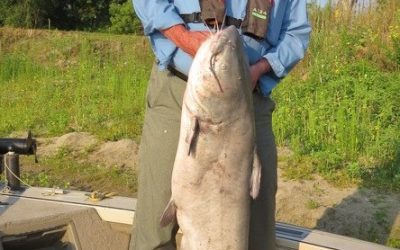Slip bobbers come in a variety of designs to cover all aspects of bobber fishing. These are only a few examples of what is available.
I don’t care what you are fishing for, whether bluegills or catfish, if slip bobbers are not incorporated into your techniques, you are not as effective at catching as you should be.
Sometime in the late 1970s rumors of great walleye catches coming out of Mille Lacs Lake began to circulate. The slip bobber was born and anglers were using them to catch walleyes on reefs 18 to 20 feet deep and more.
My first walleyes on slip bobbers actually came from a place called Greenwood Bay on Manigotagan Lake in Manitoba. It was a few weeks after the spawn and the fish were in this shallow bay feeding on mayfly larvae. Drift fishing with slip bobbers, jigs and leeches brought walleyes up to eight pounds into the boat.
The key thing about slip bobbers is that you can fish any depth of water with them.
They come in a bewilderingly number of styles and colors today and some even light up in the dark.
A long time ago, I used to fish catfish at Brown’s Lake at night using bobbers that lit up with light sticks. I always brought along a portable TV and watched the Johnny Carson show while anchored, keeping one eye on the lighted bobbers and landing catfish after catfish.
Here’s how to rig up a slip bobber. If you are new to this fishing, it’s best to buy a slip bobber kit. This will include a couple of small, plastic tubes about an inch long with a dacron line knotted around them, a couple of small plastic beads and the bobber. Smaller bobbers, about an inch in diameter will balance right with a couple of split shot or a small jig.
First, you thread your line through the tube a few feet, then slip the knot off above the tube and onto your line. Pull the two ends of the line as tight as you can and clip off most of the remainder leaving no more than an inch of line on either side of the knot.
Next, thread on the plastic bead and then the bobber which has a tube running all the way through it. The best bobbers have a metal grommet at the top of the tube which will prevent line wear on the plastic.
Then simply tie on a small jig, say a one-eighth or one-sixteenth. I like to pinch on a small split shot about a foot above the jig. The rig seems to cast better if the bobber is not resting on the jig.
Determine the depth you will be fishing, say 15-feet. Slide the knot (bobber stopper) up the line and then attach an ice fishing “Bomber” (usually a one-ounce weight with a clip) to your jig and lower it to the bottom. Adjust your knot so it is a foot under the water.
Retrieve the bomber and remove it. Apply a leech or minnow to the jig and toss the rig out. The bobber will slide up to the knot and your bait is suspended one foot above the bottom.
I keep at least one slip bobber rod rigged and ready in my boat. One of the ways I use it is to catch skipjack below the wing dams right here on the Missouri. A piece of night crawler on the jig hook guarantees plenty of bites and there are few better baits for channel catfish than cut skipjack.
I’ve slow trolled slip bobbers for channel catfish on McCook Lake.
Slip bobbers remain a summertime staple for Mille Lacs Lake walleye. We cruise slowly over the reefs watching the depth finder. When we mark fish, out go the slip bobbers and a walleye is usually the result.
If you are not a purist, it is a good idea to troll a slip bobber and redtail or creek chub behind your boat as you cast the shoreline, rocky points or reefs on West Lake Okoboji for smallmouth.
I once pulled a bobber for over a mile before connecting with a smallie that went just above five pounds.
There are many, many other methods of applying slip bobbers to your fishing. If you have not already explored them, I suggest you do.






0 Comments